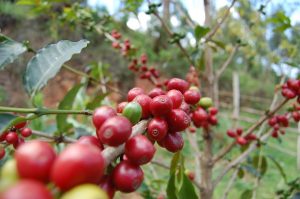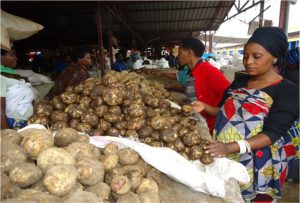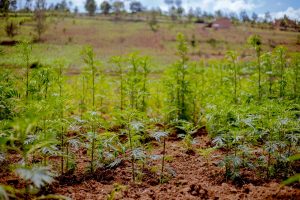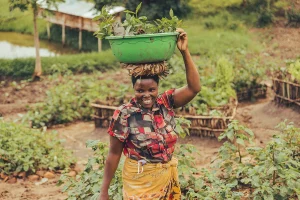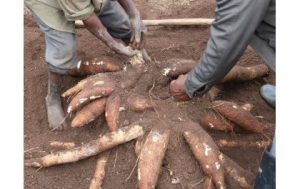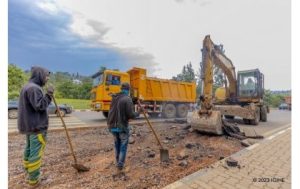Land Degradation Threatens Food Security for 1.7 Billion People, FAO Report Warns
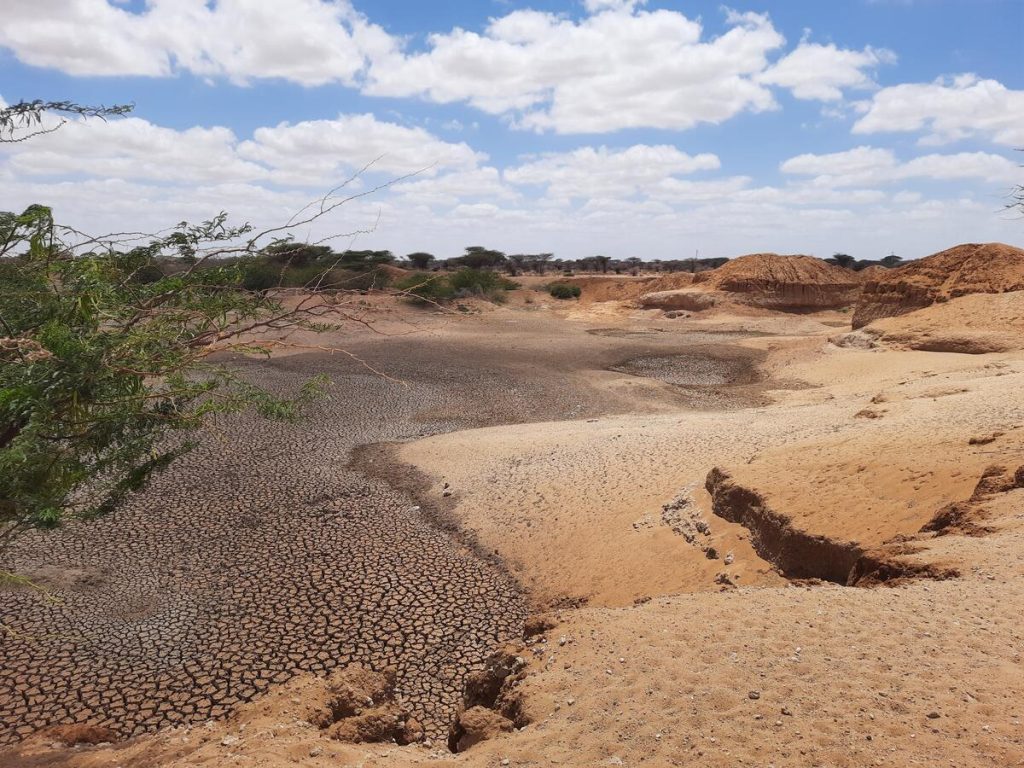
A staggering 1.7 billion people around the world live in areas where crop yields are declining because of human-induced land degradation, according to a new report by the Food and Agriculture Organization (FAO) of the United Nations.
Released today in Rome, the 2025 edition of The State of Food and Agriculture (SOFA) paints a troubling picture of a “silent crisis” that is undermining global food production, threatening rural livelihoods, and damaging ecosystems.
“To seize these opportunities, we must act decisively. Sustainable land management requires enabling environments that support long-term investment, innovation and stewardship,” said FAO Director-General QU Dongyu in the report’s foreword.
A Growing Global Threat
FAO defines land degradation as the long-term decline in a land’s ability to deliver essential ecosystem functions and services. While natural processes such as soil erosion and salinization play a role, the report finds that human activities including deforestation, overgrazing, and unsustainable farming and irrigation practices are now the dominant causes.
Using advanced data and machine-learning models, the SOFA 2025 report compares current soil health indicators such as soil organic carbon, erosion, and soil water content with their natural baseline conditions to measure the scale of human impact.
The findings are stark: crop yields in degraded areas are at least 10 percent lower than they would be without human interference. Among those affected are 47 million children under the age of five suffering from stunting, most of them in Asia, where both land degradation and population density are high.
The Human and Economic Costs
Land degradation not only reduces agricultural productivity but also deepens poverty and food insecurity. It threatens the livelihoods of smallholder farmers and exacerbates malnutrition in vulnerable communities.
The report stresses that the crisis is not just environmental; it is deeply economic and social. Declining soil fertility reduces harvests, which in turn drives up food prices, accelerates rural poverty, and increases pressure on natural ecosystems as farmers seek new land to cultivate.
Paths to Restoration
Despite the grim statistics, FAO’s analysis points to a path forward. The organization estimates that restoring just 10 percent of degraded croplands through sustainable land management could boost global food production enough to feed 154 million more people each year.
Such recovery, FAO notes, is achievable through proven practices like crop rotation, cover cropping, and reduced tillage, which enhance soil health, minimize erosion, and promote biodiversity.
Policy Action Needed
FAO urges governments to adopt integrated land-use strategies that combine regulation, incentives, and innovation. This includes stronger deforestation controls, incentive-based programs, and mechanisms that link agricultural subsidies to environmental outcomes.
The report also emphasizes the importance of tailored policies. While large farms control most of the world’s agricultural land, smallholders face greater financial and technical barriers to sustainable transition. Policies designed with these realities in mind, the report says, can reduce degradation while boosting farmers’ resilience.
A Call to Act Before It’s Too Late
The SOFA 2025 report concludes with a clear warning: if left unchecked, land degradation will continue to erode the foundations of food security and environmental stability. But with coordinated policy reforms, investment, and sustainable farming practices, the world still has a chance to restore its lands and protect its people.

SUBSCRIBE TO OUR NEWSLETTER




